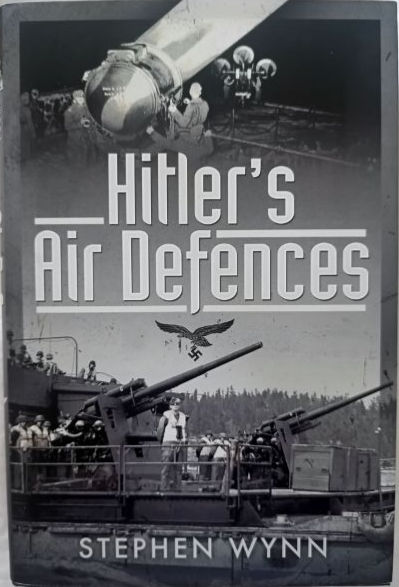
It has been 100 years since World War I formally ended with the signing of the Treaty of Versailles in the summer of 1919. Months earlier, in November 1918, Americans had celebrated an especially joyous Thanksgiving with the German surrender and end of hostilities in Europe.
For decades, the neat, handwritten letters of Edward Manning Hardin, a druggist from coastal North Carolina who fought in the trenches in World War I, remained in a cardboard shoebox. Taken together, the letters describe the transformation of Hardin from a fun-loving 24-year-old bachelor into an introspective, war-weary veteran.
About 20 years ago, Hardin's daughter, Virginia Hawfield, of Signal Mountain, handed over her father's letters to her son, Ed, of Wilmington, North Carolina. Ed promised himself he would dig in and transcribe the missives once he retired from the health care manufacturing business.
Mrs. Hawfield, now 98 and the widow of former Chattanooga DuPont plant manager William "Bill" Hawfield, was 8 years old when her World War I-veteran father died in 1930 at the age of 37. She remembers him as fun-to-be-with dad who shed his war memories to entertain his three young daughters.
"I can remember him walking on his hands in the ocean," Mrs. Hawfield said. "He was a joy boy, he was a character."
For 12 years after she gave her father's letters to her son, the letters marinated in the dust.
Eventually, though, Ed, now 72, retired and got busy.
Ed, who is named for his grandfather, said he found the letters educational and emotional. The transcription took about two years, he said, because the letters — which covered events from basic training in South Carolina to the battles of the Western front — were constantly sending him to look up historical records for context.
Ed has boiled his grandfather's war stories down to a 45-minute slide show that reminds 21st century Americans of a long-ago war that was brutal and, in ways, futile. An estimated 16-19 million people died as a result of the fighting, as the entrenched forces clashed bitterly back and forth over the same slivers of territory. By the end of the war, the front had only moved about 150 miles at its widest point, he said.
Still, there are moments of levity in the war letters, too.
In one scene, Hardin, the leader of a machine gun unit that fought in France and Belgium, wrote that shells caused the side of a bunker to collapse onto his junior officer. When he reached out to help him, he noticed his hand was covered in red. It turned out to be, not blood, but a punctured ketchup bottle.
Ed also noticed that the letters had been redacted, and he assumed the blacked-out portions were the work of censors editing out any sensitive war material. But after holding the letters up to the light, he determined that the censor was probably his grandmother, who had obscured any passages about other women. (Hardin was a bachelor until after the war.)
Mrs. Hawfield said some of the most vivid scenes described in the letters are from basic training in Greenville, South Carolina, during one of the coldest winters of the 20th century there.
"He said the ink froze in their pens," she said. "The water they had in buckets in their tents froze, and they had to shave with ice water."
Mrs. Hawfield said her life has been filled with military associations. At points, her father, husband and three or her four sons have all worn their country's uniform.
Occasionally now, though, she thinks of her father as a young man 100 years ago and the horror he must have endured in the European countryside.
"To be there and to know you had to send your boys 'over the top' [of the trenches] into the German machine-gun fire must have been horrible. I mean, how does a man survive that?" she said.
"By the time he came home," she added, "he was a seasoned veteran and had changed from a boy to a man."
(Source: Mark Kennedy, Chattanooga Times Free Press- 27/11/2019)































